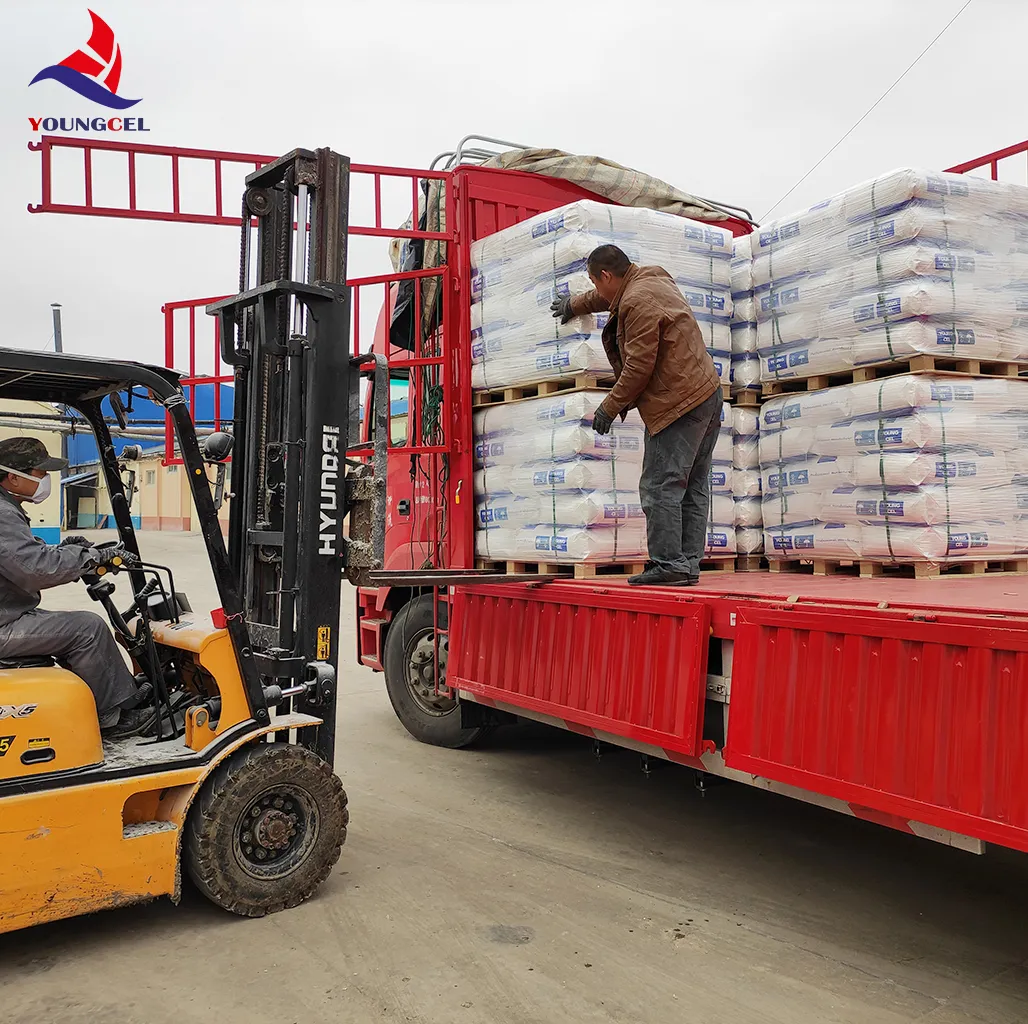Exploring HPMC Properties, Applications, and Benefits
Hydroxypropyl Methylcellulose (HPMC) is a versatile cellulose derivative that has garnered attention in various industries due to its unique properties and multifaceted applications. With advancements in materials science, HPMC continues to play a crucial role in fields ranging from pharmaceuticals to construction.
What is HPMC?
HPMC is a non-ionic, water-soluble polymer derived from cellulose, a natural polymer found in the cell walls of plants. The introduction of hydroxypropyl and methyl groups during the modification process of cellulose results in a compound that boasts enhanced solubility and improved functional characteristics. The degree of substitution and molecular weight of HPMC can be adjusted, allowing manufacturers to tailor its properties for specific applications.
Properties of HPMC
1. Solubility HPMC is well-known for its solubility in water, making it an excellent thickening agent. It provides a smooth texture and stability in aqueous solutions, which is essential in various formulations.
2. Viscosity The viscosity of HPMC can be modified, offering a wide range of consistency. This adaptability allows it to be used in both low- and high-viscosity applications.
3. Film-Forming Ability HPMC has the ability to form stable films when dried. This property is beneficial in applications such as coatings and adhesives.
4. Thermal Stability HPMC exhibits good thermal stability, making it suitable for processes that require heat treatment.
Applications of HPMC
hpmc cellulose hydroxypropyl methyl

1. Pharmaceuticals In the pharmaceutical industry, HPMC is primarily used as a binder in tablet formulations, a controlled-release agent, and as an emulsifier in liquid preparations. Its ability to form gels makes it ideal for sustained-release drug formulations, thus optimizing therapeutic efficacy.
2. Food Industry HPMC is often used as a food thickener, stabilizer, and emulsifier. It can be found in sauces, dressings, and baked goods, enhancing texture and extending shelf life.
3. Construction In the construction sector, HPMC serves as a crucial component in dry mix mortars and cement-based products. Its water retention properties improve the workability and adhesion of these materials, leading to enhanced performance in construction applications.
4. Cosmetics The cosmetic industry utilizes HPMC for its thickening and stabilizing properties, particularly in creams, lotions, and gels. Its ability to create a smooth texture enhances user experience and product efficacy.
5. Personal Care Products HPMC is also found in personal care products for its moisture-retention capabilities and ability to form gels, making it an ideal ingredient in a variety of applications.
Benefits of Using HPMC
The adoption of HPMC brings several advantages across different industries. Its versatility allows manufacturers to create products with specific characteristics tailored to consumer needs. Moreover, HPMC’s non-toxic and biodegradable nature means that it can be an environmentally friendly alternative to synthetic polymers.
Additionally, HPMC enhances product stability and shelf-life, offering economical benefits to manufacturers. By using HPMC in formulations, companies can reduce production costs while maintaining quality, leading to greater consumer satisfaction.
Conclusion
Hydroxypropyl Methylcellulose (HPMC) is an exceptional cellulose derivative known for its versatility and wide-ranging applications. Its unique properties, including solubility, viscosity, and film-forming ability, make it indispensable across various industries such as pharmaceuticals, food, construction, and cosmetics. As research continues to uncover new applications and benefits, HPMC is poised to remain a key player in innovative product formulations. With its potential for sustainability and functionality, HPMC represents a considerable advancement in material science and will likely continue to shape the future of numerous industries.
-
Rdp Powder: Key Considerations for Wholesalers in the Building Materials IndustryNewsJul.08,2025
-
Key Considerations for Wholesalers: Navigating the World of Hpmc - Based ProductsNewsJul.08,2025
-
Hpmc Detergent: Key Considerations for WholesalersNewsJul.08,2025
-
Key Considerations for Wholesalers: China Hpmc For Tile Adhesive, Coating Additives, Concrete Additives, and MoreNewsJul.08,2025
-
Crucial Considerations for Wholesalers: Navigating the World of Construction MaterialsNewsJul.08,2025
-
Key Considerations for Wholesalers Sourcing Additive For Cement, Additive For Concrete, Additive For Putty from Additive Manufacturer Shijiazhuang Gaocheng District Yongfeng Cellulose Co., Ltd.NewsJul.08,2025




